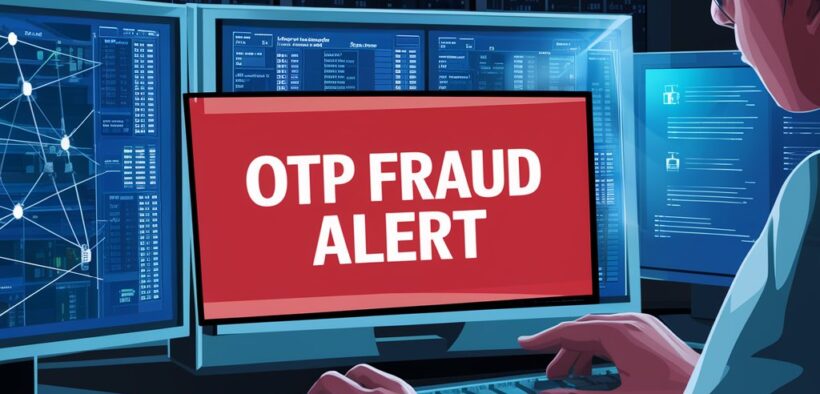Shield Yourself from Online Theft: 3 Powerful Strategies to Secure Your Digital Transactions
Share

The convenience of online banking and shopping has revolutionized our lives, but it’s also opened doors for cybercriminals. One of the most common threats is OTP (One-Time Password) fraud, where scammers exploit these temporary codes to steal your money. Here’s how to fight back and keep your hard-earned cash safe.
Why OTPs Matter
Think of OTPs as secret keys for your online accounts. Each unique code expires quickly, adding an extra layer of security. But cunning criminals can use phishing and social engineering tricks to trick you into revealing your OTP. They might pose as your bank or a trusted company, so staying alert is crucial.
Building a Strong Security
- Double the Defense: Two-factor authentication (2FA) is your best friend. It requires an additional verification step, like a fingerprint scan, making it much harder for unauthorized access.
- Be Alerted Instantly: Sign up for real-time transaction alerts from your bank. This way, you’ll be notified immediately of any suspicious activity, allowing you to take swift action.
Digital Hygiene: Your Secret Weapon
- Keep Your Info Fresh: Ensure your contact details with your bank are accurate. This guarantees you receive important communications directly, reducing the risk of someone else intercepting them.
- Password Power: Strong, unique passwords are essential. Use a mix of upper and lowercase letters, numbers, and symbols, and avoid using personal information or common words. Aim for at least 12 characters.
- Guarding Your Gates: Be wary of granting access to third-party apps that request online banking information.
- Public Wi-Fi? No Way!: Avoid using public Wi-Fi for financial transactions. Use a secure Virtual Private Network (VPN) for maximum protection.
- Scrutinize Your Statements: Regularly review your bank statements to identify and report any unusual activity.
- Software Shield: Keep your software and operating system updated. Updates often include security patches that fix vulnerabilities hackers might exploit.
If Fraud Strikes
Even with the best defenses, you might still encounter OTP fraud. Here’s what to do:
- Act Fast: If you receive an OTP without initiating a transaction, or suspect a fraudulent message, contact your bank immediately to secure your accounts.
- Report the Crime: File a report with your local cybercrime department to help them track down the culprits.
Staying a Step Ahead
Technology is constantly evolving, and so are the methods cybercriminals use. By staying informed, vigilant, and proactive, we can ensure that our online experiences are not only convenient but also secure. Remember, while regulators and financial institutions are working hard to improve security measures, the ultimate responsibility for protecting your accounts lies with you.








